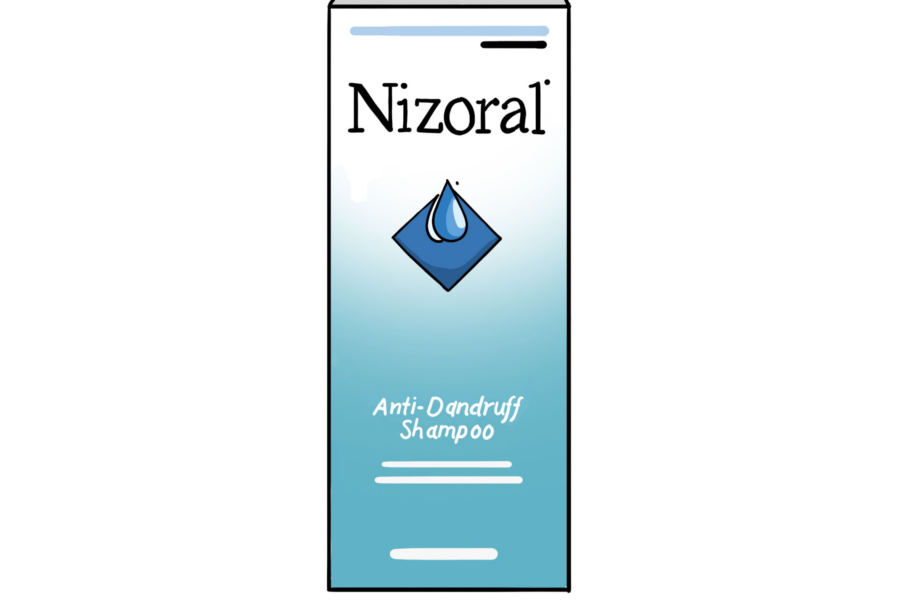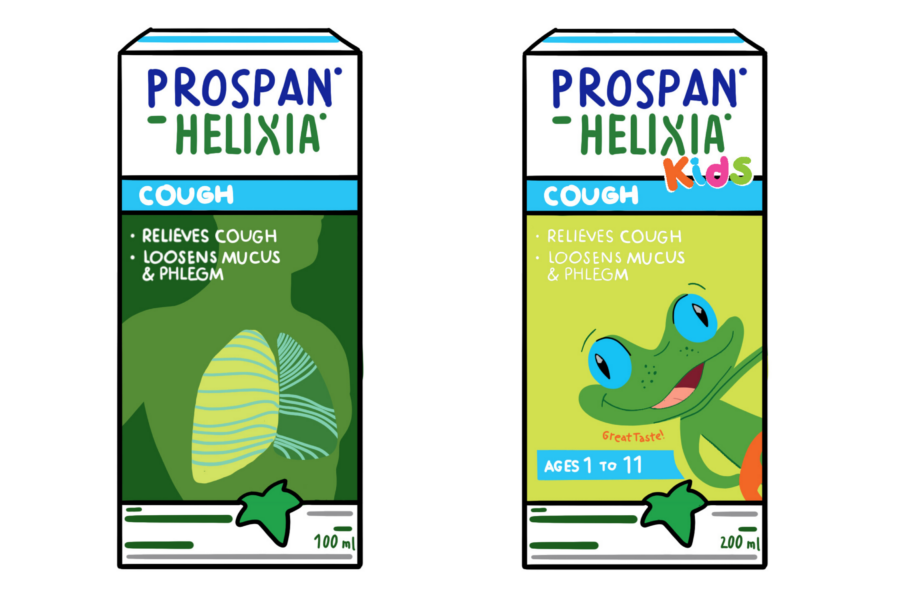Even though Halloween is months from now, one look in the mirror reveals your vampire-like oozing, swollen, red eyes want to play vampire! Fear not, eye infections can be treated. Here’s the scoop on the goop.
Polysporin® antibiotic eye drops are a common over-the-counter product used to treat eye infections such as conjunctivitis (commonly known as pink eye). We hope this article sheds some light on how effective Polysporin® eye drops really are as well as their proper use.
What is Conjunctivitis?
Conjunctivitis describes inflammation of the tissue that covers the eyelids as well as the white part of the eye. Conjunctivitis causes redness that may be present with or without tearing or discharge. It usually lasts less than 14 days 3. Conjunctivitis can occur as a result of an infection caused by bacteria or viruses or it may come about as a result of irritation or allergies. It is worthwhile to consult a health care professional to determine the cause of conjunctivitis.
What is Polysporin®?
Polysporin® eye drops are an over-the-counter antibiotic treatment for external eye infections, such as acute bacterial conjunctivitis or “pink eye” 1.
How does it work?
The product is a combination of two different antibacterial agents, gramcidin and polymyxin B sulfate. These agents kill bacteria and reduce the symptoms of common pink eye; however, bacterial resistance to these ingredients is making more severe pink eye infections harder to treat without a prescription. For Polysporin® to be effective it must be used up to 6 times daily for 7 – 10 days, though symptom relief should be seen after 48 hours1.
So does it work?
Pink eye, whether bacterial or viral, is generally a self-limiting infection, meaning it should resolve within two weeks on its own 2. Clinical trials have proven that topical antibiotics, i.e. Polysporin® eye drops, have been more effective in reducing the duration and severity of symptoms of bacterial conjunctivitis (not viral) compared to no treatment 3. When selecting a product to treat pink eye (prescription or not prescription) it is best to keep in mind that in studies comparing the efficacy of different products, no product was proven to work better than others 4. There is a lack of evidence to support the use of antimicrobial drops in treatment of conjunctivitis caused by a virus 3.
Are there any safety concerns?
Long term use of the product should be avoided because bacterial resistance emerges due to the overuse of antibiotics. If no improvement is seen after two days of use, Polysporin® should be discontinued, and a pharmacist or physician needs to be consulted. Furthermore, if there is a sensation of something in the eye, sensitivity to light, pain and/or impaired vision, the product should be discontinued immediately and a pharmacist or physician must be consulted. It is also important to note that once a bottle of Polysporin® is opened, it should be thrown out after one month because the product loses its sterility.
Can I use the same bottle to treat my eyes and ears?
No, using the same bottle you have been using for your ear on your eyes (and vice versa) will increase the chance of cross-contamination. If the applicator tip of your bottle accidentally became contaminated with bacteria the infection could then easily spread when used to treat another part of your body. To reduce the chance of further infection, avoid using the same bottle for the eyes and the ears, and be cautious that the bottle is not touching the site of infection when using the product. Although Polysporin® makes a formulation for the eye that can be used in the ear, the formulation specific for the ear cannot be used in the eye. Formulations specific for the eye are buffered and created at the right pH to prevent stinging and irritation 6.
Bottom line
Polysporin® eye drops are effective in treating and appeasing the symptoms of bacterial conjunctivitis. Long term use should be avoided to minimize bacterial resistance. It is safe for pregnant women, children and elderly to use, but dosing should be reduced if you have a kidney problem 1. Regardless of the cause of infection, it is important to be referred to a physician if no improvement is seen with initial therapy. Tips for preventing the spread of eye infections include washing your hands frequently and avoiding contact with your eyes, not sharing eye drops/ointments with other people, maintaining good contact lens hygiene and cleaning linens and towels often.
Authors:
Chen Dong, Jonathan Ng, Eun Seo Park, Lauryn Hill, Victoria Price, Victoria Kostal, BSc. Pharm Candidate(s)
Faculty of Pharmacy and Pharmaceutical Sciences
University of Alberta
Edited and Reviewed by the Health Aisle Team
References
- Lexicomp (n.d.) Retrieved from http://online.lexi.com.login.ezproxy.library.ualberta.ca/lco/action/doc/retrieve/docid/patch_f/6410
- Conjunctivitis In (2013). C. Repchinsky (Ed.), Therapeutic Choices For Minor Ailments (1st ed., p. 128). Ottawa, Canada : Canadian Pharmacists Association.
- Chawla, R., Kellner, J., & Astle, W. (2001). Acute infectious conjunctivitis in childhood. Paediatrics & Child Health, 6(6), 329-335. Retrieved from http://www.ncbi.nlm.nih.gov/pmc/articles/PMC2804756/
- University of Massachusetts Medical School. (2012). Therapeutic class review ophthalmic antibiotics. (p. 4). MedMetrics Retrieved from http://www.medicaid.nv.gov/Downloads/provider/NVRx_DCR_20120322_Ophthalmic_Antibiotics.pdf
- Short BG. Safety Evaluation of Ocular Drug Delivery Formulations: Techniques and Practical Considerations. Toxicologic Pathology 2008 Jan; 36(1): 49-62.
- Institute for Safe Medication Pratices. And the ‘EYES’ have it: Eardrops, that is. 2006.



